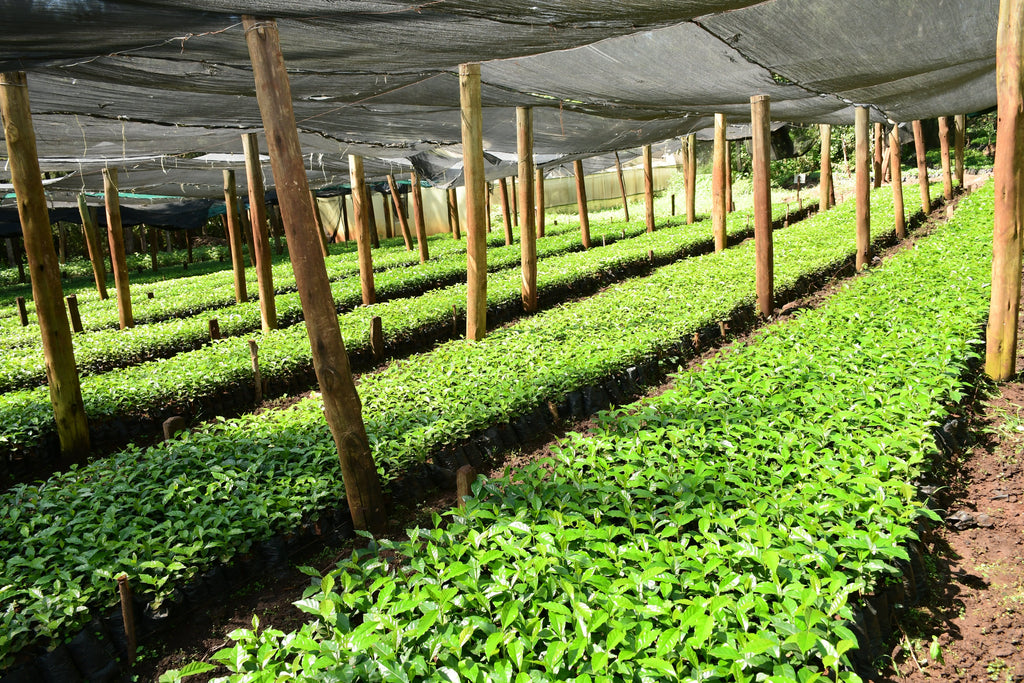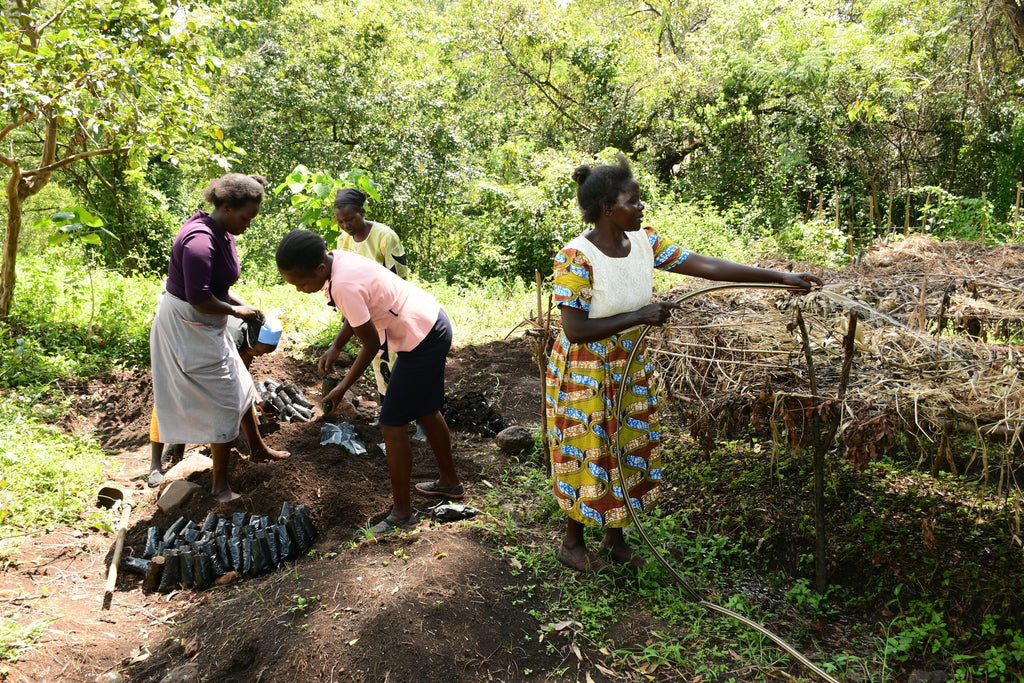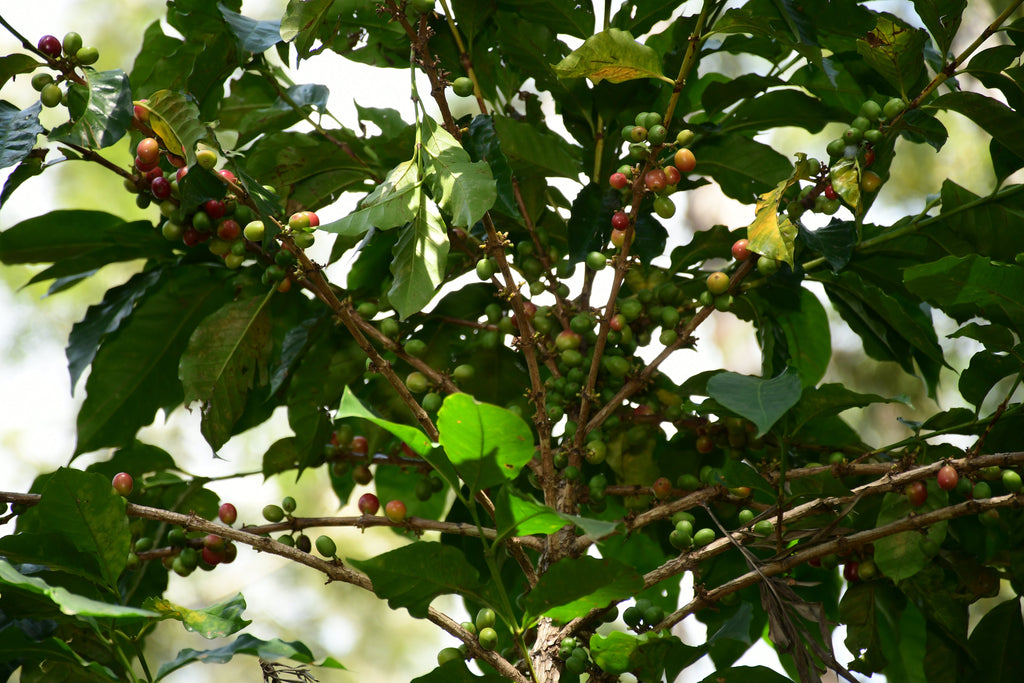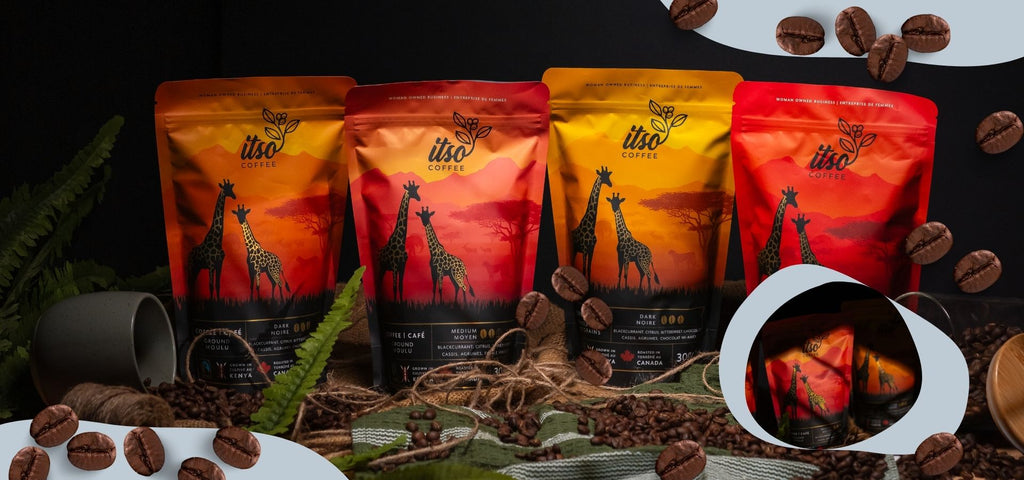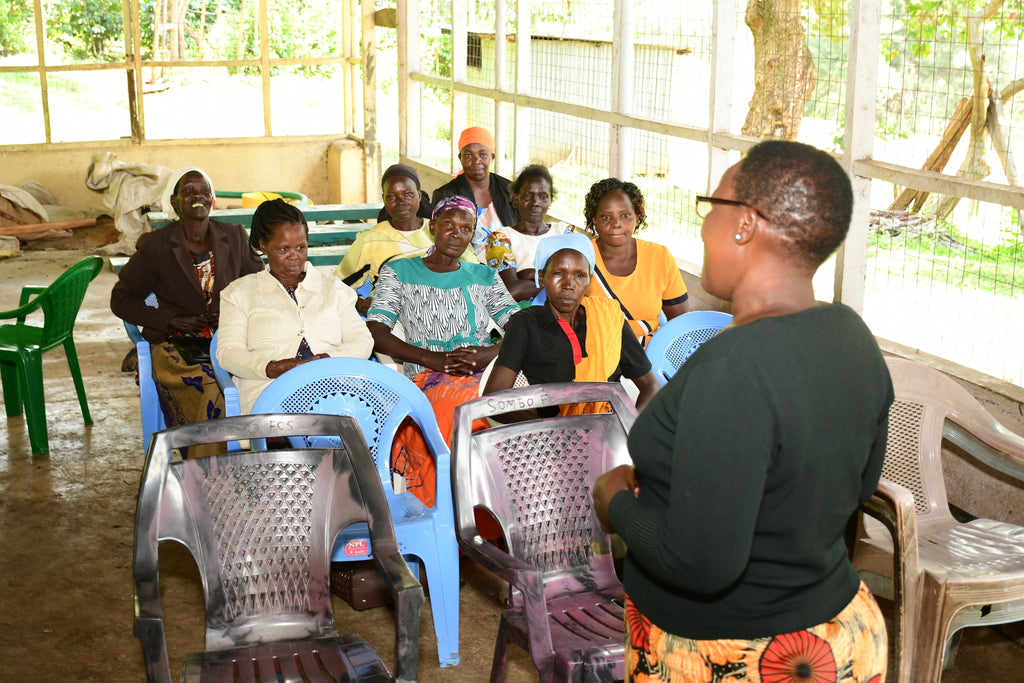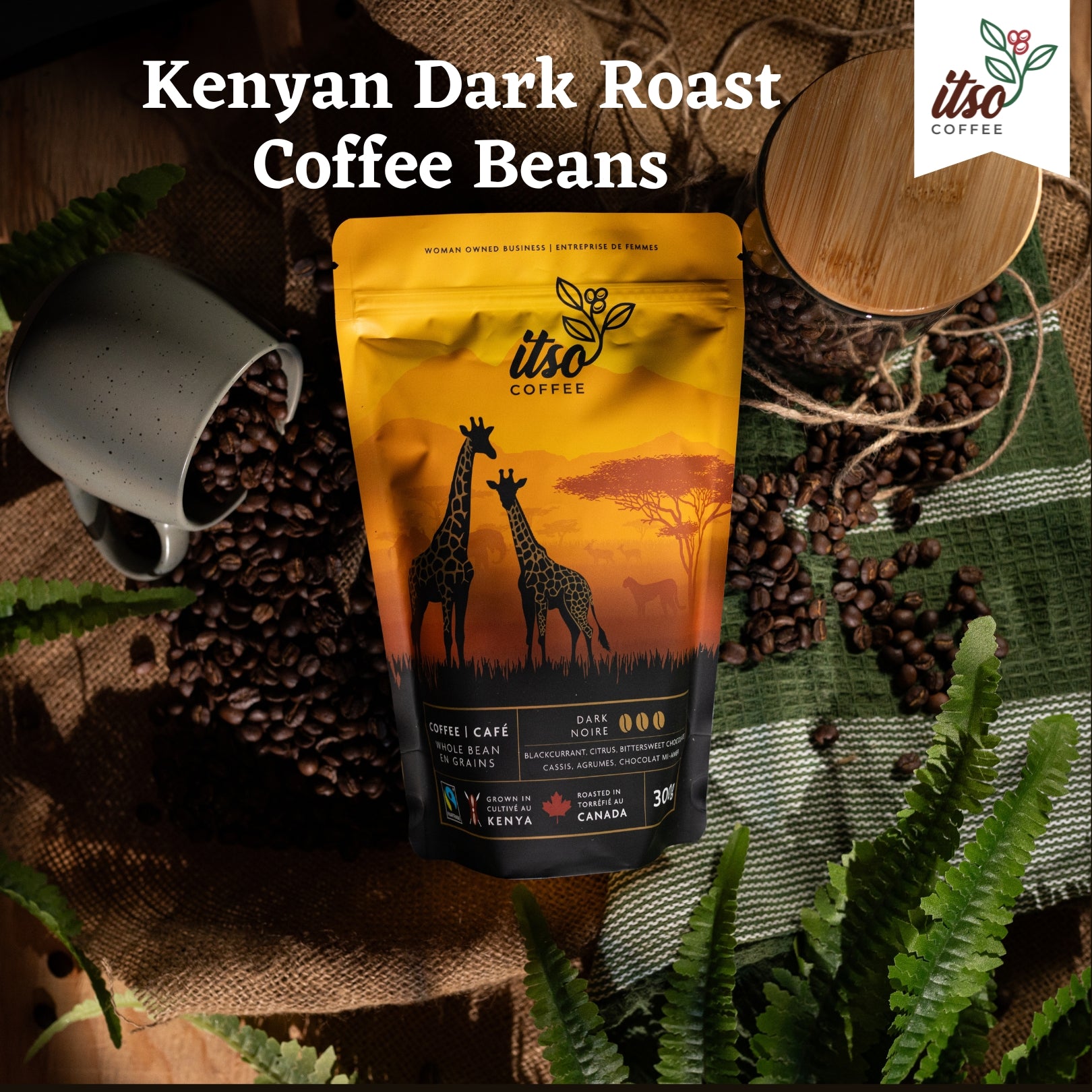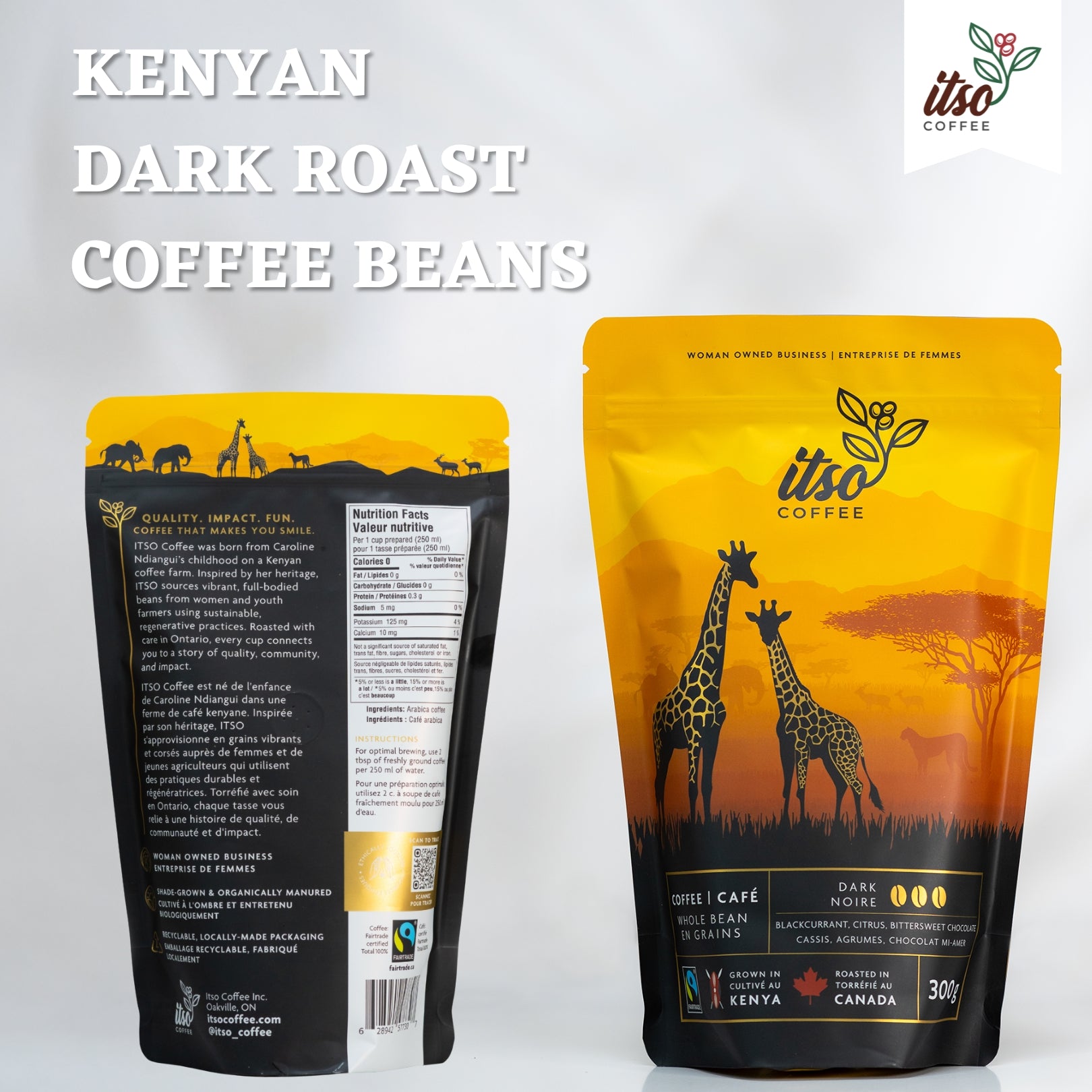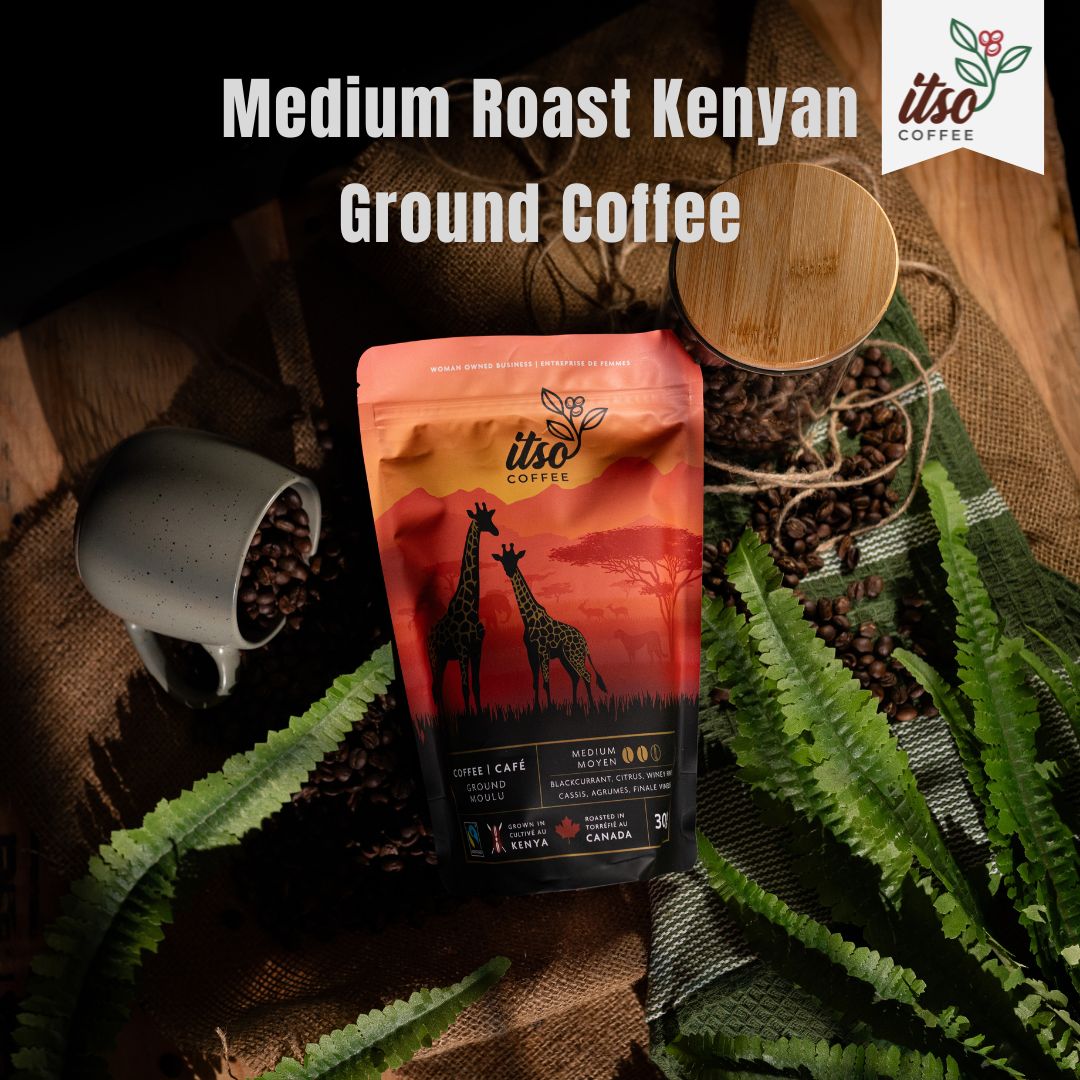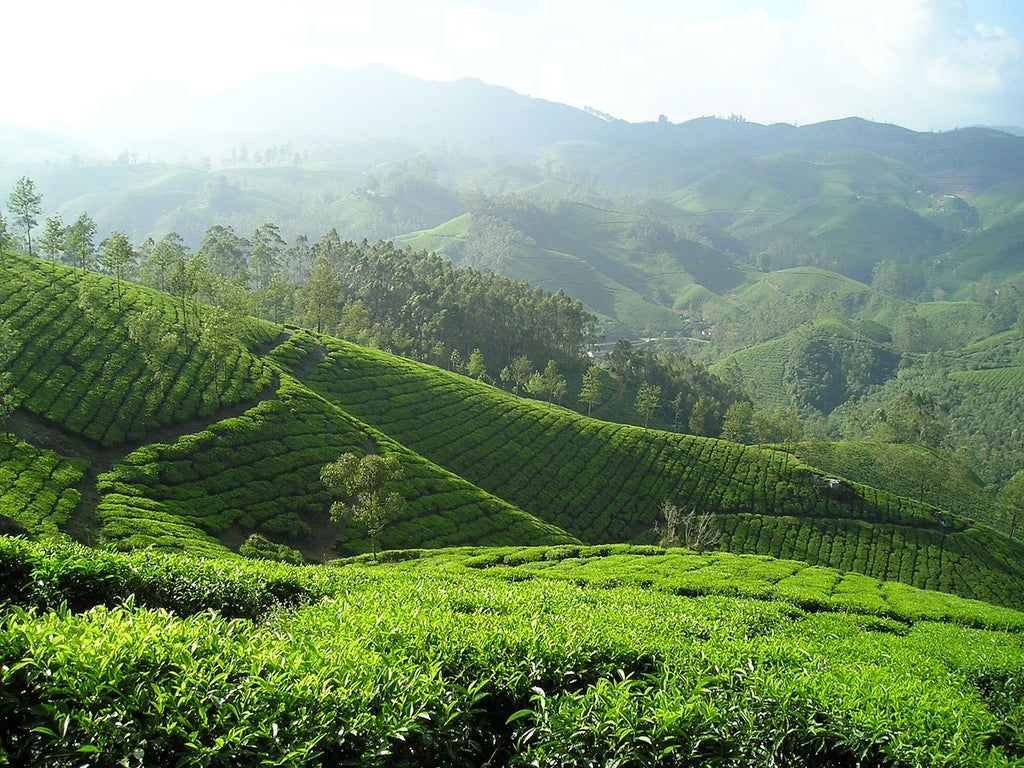
Regenerative Farming in Coffee: Cultivating a Sustainable Future


In recent years, the conversation around agriculture has shifted from merely producing food to ensuring that our methods of production are sustainable and even restorative. This is where regenerative farming comes in, a practice that is gaining traction across various sectors, including the coffee industry. For coffee farmers, embracing regenerative farming isn't just about adapting to new trends—it's about securing a future where their crops, and the environment, can thrive together.
What is Regenerative Farming?
Regenerative farming is an approach that goes beyond sustainability. While sustainable practices aim to maintain the status quo and avoid further harm, regenerative farming seeks to restore and enhance the health of the land. It focuses on improving soil health, increasing biodiversity, and fostering ecosystems that can support agriculture over the long term.

This approach contrasts sharply with conventional farming methods, which often rely on chemical inputs and monocultures that can deplete the soil, reduce biodiversity, and lead to long-term environmental degradation. Regenerative farming, on the other hand, aims to rebuild soil organic matter, restore soil biodiversity, and sequester carbon in the ground—turning the farm into a dynamic system that supports both agriculture and the environment.
Why Regenerative Farming is Crucial for Coffee

Coffee is one of the world’s most beloved beverages, with a global market that supports the livelihoods of millions of farmers. However, coffee production faces significant challenges, including climate change, soil degradation, and the loss of biodiversity. These issues threaten not only the environment but also the quality and quantity of coffee that can be produced.
-
Soil Health: Healthy soil is the foundation of any successful farm. In coffee farming, soil degradation can lead to lower yields and reduced quality of beans. Regenerative practices, such as cover cropping, composting, and minimal tillage, help to maintain and improve soil structure, retain moisture, and increase nutrient content, all of which are crucial for healthy coffee plants.
-
Biodiversity: Coffee farms that use regenerative practices often support a greater variety of plant and animal life. This biodiversity is not just good for the environment; it also benefits coffee production. Diverse ecosystems can provide natural pest control, reduce the need for chemical inputs, and create a more resilient farming system.
-
Climate Resilience: Coffee plants are particularly sensitive to changes in climate. Regenerative farming practices help to build resilience against these changes by improving soil health and water retention. Practices such as agroforestry—where coffee is grown under the canopy of trees—can provide shade, reduce temperature fluctuations, and create a microclimate that protects coffee plants from extreme weather.
-
Carbon Sequestration: One of the most exciting aspects of regenerative farming is its potential to sequester carbon in the soil. Through practices like cover cropping and composting, regenerative farms can pull carbon out of the atmosphere and store it in the soil, helping to mitigate climate change. For coffee farmers, this means contributing to global climate solutions while improving the productivity of their land.
How Coffee Farmers are Implementing Regenerative Practices
Around the world, coffee farmers are beginning to adopt regenerative practices with promising results. In Latin America, Africa, and Asia, these practices are being tailored to fit the local environment and farming traditions. Here are a few key strategies being used:

-
Agroforestry: By integrating trees into their coffee farms, farmers are creating more diverse and resilient ecosystems. The trees provide shade for coffee plants, improve soil health, and offer additional products like fruits or timber.
-
Cover Cropping: Planting cover crops, such as legumes or grasses, between coffee rows helps to prevent soil erosion, fix nitrogen in the soil, and provide organic matter that enhances soil fertility.
-
Composting and Mulching: Using organic waste to create compost or mulch helps to return nutrients to the soil, improving its structure and fertility. This reduces the need for chemical fertilizers and promotes healthier coffee plants.
-
Integrated Pest Management: Instead of relying on chemical pesticides, regenerative coffee farms often use natural predators, traps, or plant-based repellents to control pests. This reduces chemical inputs and fosters a healthier ecosystem.
The Future of Coffee Through Regenerative Farming
As more coffee farmers adopt regenerative practices, the benefits are becoming clear: higher quality beans, better yields, and a more resilient farming system. But the impact goes beyond individual farms. Regenerative coffee farming has the potential to transform the industry, making it more sustainable, environmentally friendly, and socially responsible.
Consumers are also playing a role in this transformation. There is growing demand for coffee that is not just sustainably grown, but also regeneratively farmed. Coffee brands are beginning to highlight these practices on their labels, offering consumers the opportunity to support farming methods that heal the land.

In conclusion, regenerative farming represents a promising path forward for coffee farmers, the environment, and coffee lovers worldwide. By focusing on restoring and enhancing the health of the land, regenerative practices offer a way to produce high-quality coffee while safeguarding the ecosystems that make it possible. As the coffee industry continues to evolve, regenerative farming will undoubtedly play a crucial role in its future.




